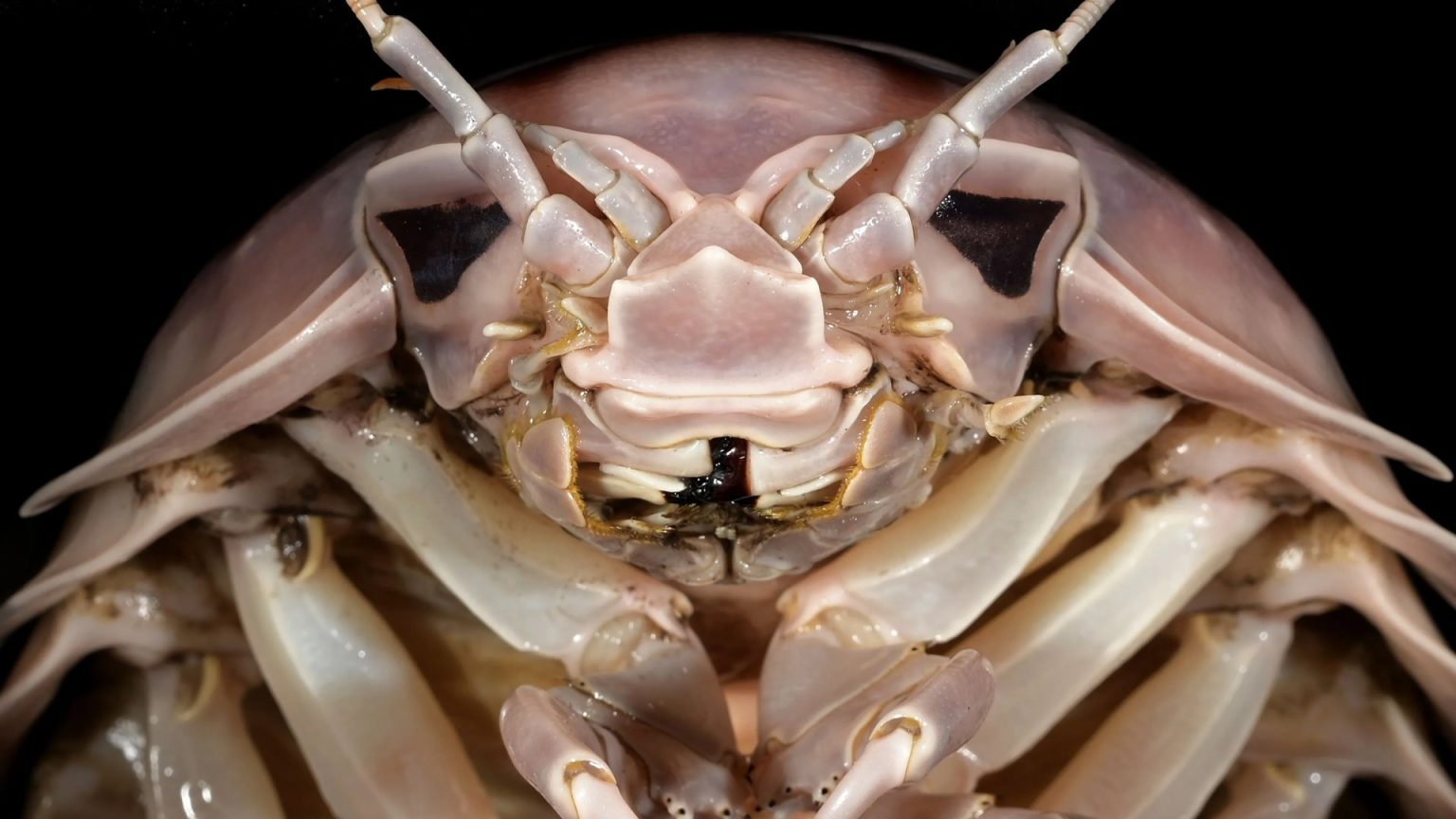A new species of giant isopod, a type of deep-sea crustacean, has been discovered not in the depths of the ocean, but surprisingly, in plain sight at food markets in Vietnam. This foot-long creature, dubbed Bathynomus vaderi due to its head resembling Darth Vader’s helmet, has become a culinary delicacy, served live in restaurants and sold commercially, yet somehow managed to evade scientific classification until recently. Its newfound popularity has transformed it from an unwanted bycatch to a sought-after seafood item, with some even proclaiming its flavor superior to lobster. This remarkable discovery underscores the vast unknown biodiversity that still exists within our oceans, particularly in deep-sea environments.
The Bathynomus vaderi belongs to a group known as "supergiant" isopods, characterized by their impressive size, reaching lengths of up to 32.5 cm and weighing over a kilogram. This exceptional growth is attributed to a phenomenon called "deep-sea gigantism." Similar to other members of the Bathynomus genus, this new species possesses compound eyes, a segmented body composed of seven parts, two pairs of antennae, and four sets of jaws. While currently documented only around the Spratly Islands in Vietnam, scientists believe its distribution may extend to other regions within the South China Sea.
The journey of Bathynomus vaderi from obscurity to culinary stardom is a fascinating tale. Until 2017, fishermen discarded these large isopods as unwanted bycatch. However, media attention brought these unusual crustaceans into the public eye, triggering a surge in demand and driving up their market value. This newfound popularity has led to targeted fishing efforts by trawlers operating in deep waters around Vietnam, supplying the growing demand for this unique seafood.
The burgeoning popularity of Bathynomus vaderi has quickly spread to major cities like Hanoi, where they are now a common sight in seafood markets and restaurants. Often sold live from tanks, these "sea bugs" have gained significant traction on social media platforms, complete with cooking instructions for adventurous consumers. This rapid rise in demand and visibility contrasts starkly with the species’ previous anonymity, highlighting the dynamic and evolving nature of culinary trends and the potential impact of media attention on consumer behavior.
The scientific identification of Bathynomus vaderi began with a seemingly mundane purchase. In March 2022, staff from Hanoi University acquired four specimens from Quy Nhơn City and sent them to crustacean expert Peter Ng at the Lee Kong Chian Natural History Museum for analysis. Ng, collaborating with isopod enthusiast Conni Sidabalok from the National Research and Innovation Agency Indonesia, meticulously examined the specimens. Their efforts culminated in the realization, in early 2023, that they had stumbled upon a previously unknown species. Their findings were subsequently published in the open-access journal ZooKeys, formally introducing Bathynomus vaderi to the scientific community.
The discovery of Bathynomus vaderi, a sizable and commercially exploited species, within a readily accessible environment like food markets, serves as a stark reminder of the knowledge gaps that still exist within marine biology, particularly concerning deep-sea ecosystems. The fact that such a large creature remained undetected for so long suggests a wealth of undiscovered biodiversity may be lurking in Southeast Asian waters. The story of Bathynomus vaderi underscores the importance of scientific exploration and the potential for unexpected discoveries even in seemingly familiar environments. It also highlights the interconnectedness of human activity, culinary trends, and scientific discovery, showing how market demand can inadvertently lead to new biological insights.




